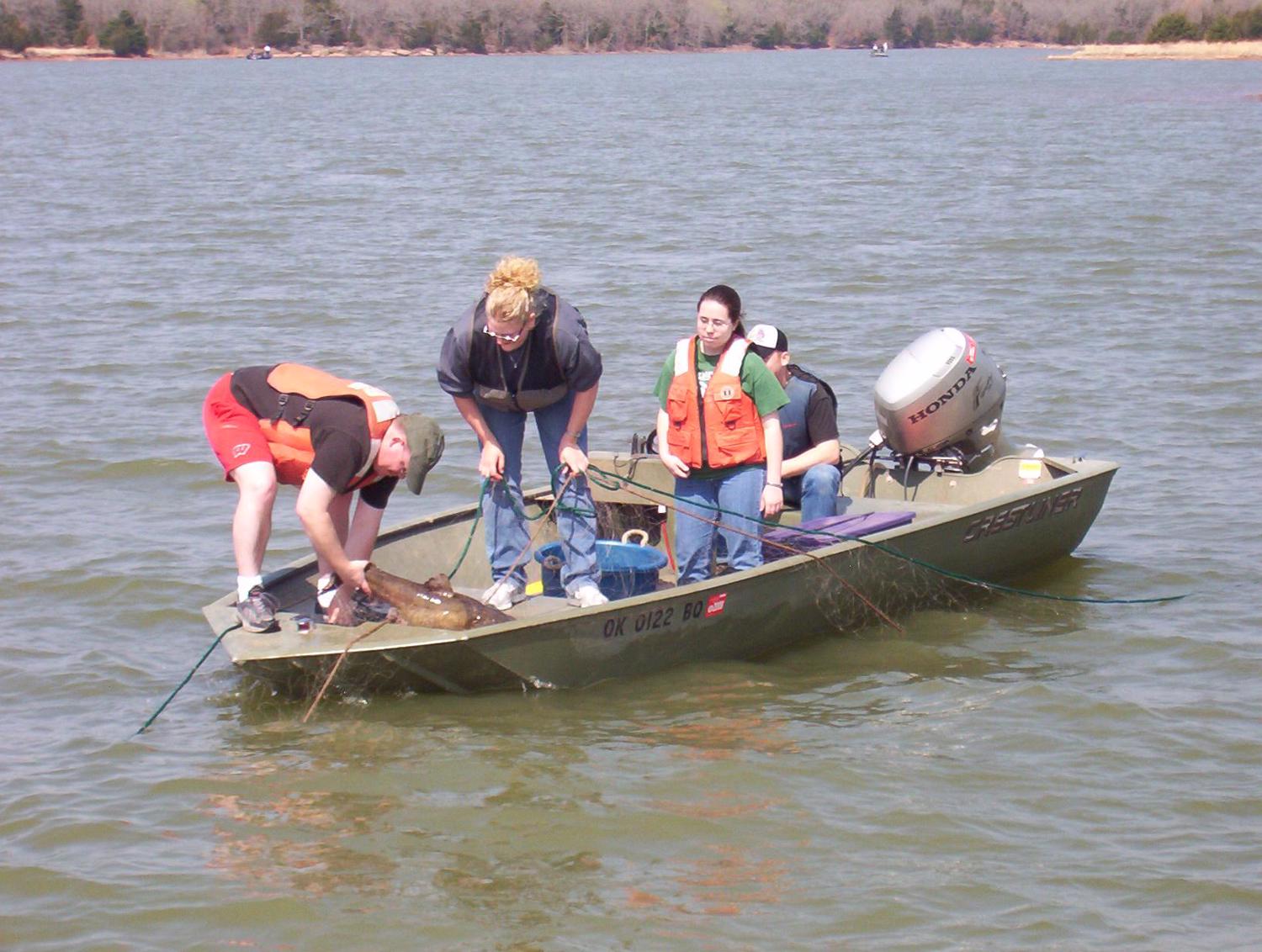Chinook Salmon (Oncorhynchus tshawytscha) is an important species for the North American Pacific coast, both ecologically and economically. However, the population of Chinook Salmon has been declining in recent years due to overfishing, habitat degradation, and other factors. Hatchery programs have been used as a strategy to conserve Chinook Salmon populations by enhancing the survival and growth of the species. In this article, we will explore the importance of sustainable hatchery programs for Chinook Salmon conservation.

What is a Hatchery Program?
A hatchery program is a type of conservation effort that involves artificially breeding and rearing fish in captivity. Hatchery programs are designed to increase the population size of fish species, provide more fish for commercial and recreational fishing, and enhance ecosystem resilience. Hatchery programs involve the release of juvenile fish into the wild to supplement wild populations.
Why are Sustainable Hatchery Programs Important for Chinook Salmon Conservation?
Sustainable hatchery programs are essential for Chinook Salmon conservation for several reasons:
1. Restoring declining populations: Sustainable hatchery programs can help restore declining populations of Chinook Salmon by providing an additional source of fish to the wild.
2. Genetic diversity: Hatchery programs can help maintain genetic diversity in Chinook Salmon populations, which is important for the long-term health and resilience of the species.
3. Food security: Chinook Salmon is an important source of food for many people, including indigenous communities. Sustainable hatchery programs can provide a reliable source of food for these communities.
4. Conservation education: Hatchery programs provide an opportunity for researchers and educators to study and raise awareness about Chinook Salmon conservation issues.
Challenges and Risks Associated with Hatchery Programs
While hatchery programs can play an important role in Chinook Salmon conservation, they are not without challenges and risks. Some of the key challenges and risks associated with hatchery programs include:
1. Interbreeding: Hatchery-raised fish can interbreed with wild fish, which can lead to a loss of genetic diversity.
2. Disease transmission: Hatcheries can be a breeding ground for diseases, which can be transmitted to wild fish when hatchery-raised fish are released into the wild.
3. Overcrowding: Overcrowding in hatcheries can lead to stress, disease, and poor survival rates among hatchery-raised fish.
4. Competition: Hatchery-raised fish can compete with wild fish for food and habitat.
5. Limited success: Hatchery programs have had limited success in restoring Chinook Salmon populations in certain areas.
Sustainable Hatchery Programs for Chinook Salmon Conservation
To ensure the success of hatchery programs, a sustainable approach is necessary. A sustainable hatchery program for Chinook Salmon conservation should focus on:
1. Genetic diversity: Hatchery programs should strive to maintain genetic diversity by using a diverse range of broodstock and avoiding interbreeding with wild fish.
2. Disease management: Hatcheries should implement disease management strategies to prevent the spread of disease to wild fish.
3. Habitat restoration: Hatchery programs should be accompanied by habitat restoration efforts to ensure that there is suitable habitat for Chinook Salmon populations to thrive.
4. Monitoring and evaluation: Hatchery programs should be monitored and evaluated to assess their effectiveness in restoring Chinook Salmon populations.
Conclusion
Sustainable hatchery programs can play a crucial role in Chinook Salmon conservation efforts. However, to ensure their effectiveness, a sustainable approach that addresses the challenges and risks associated with hatchery programs is necessary. By implementing sustainable hatchery programs, we can work towards restoring Chinook Salmon populations and protecting this important species for future generations.